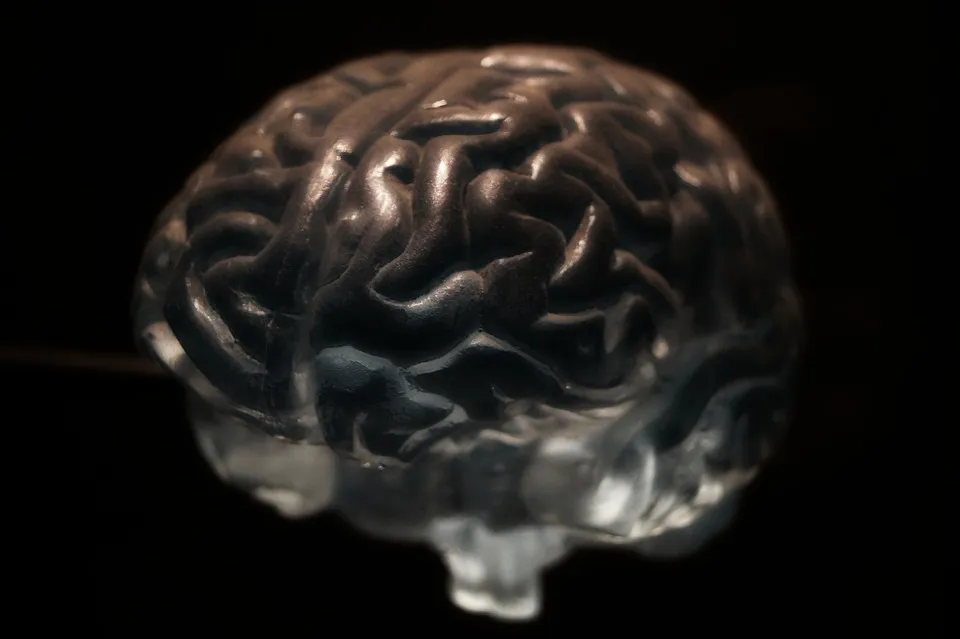Of all the systems and organs of our body there is one that undoubtedly stands out. Many talk about the heart and the circulatory system, because we can perceive it, we can even hear our heartbeat, we can feel our pulse, and considering that we are tangible people, this causes us admiration, we can even see when the neck moves at a specific point sometimes at the rhythm of the heartbeat.
But none of this would be possible if our Nervous System were not capable of perceiving all external impulses, transforming them into a nerve impulse (which is the language it handles) and sending it to the brain in a matter of milliseconds so that it can process it and respond almost immediately.
And not only this, but depending on the stimulus it will send a response (also in the form of a nerve impulse) that will generate a reaction according to the initial stimulus.

In this post I will explain how this response is generated, in a general way, what we can perceive, and in a later post I will publish what happens at the cellular level, I hope it will be of your interest.

I am going to explain in this publication the macroscopic aspects involved when we do any action performed by our nervous system, such as moving an arm or a finger, or feeling cold or heat in some object or in the environment.
In the image on the right we can see a human silhouette, in which we see (illustratively):
- Brain, main organ of the Nervous System.
- Spinal cord (Red Line), which carries the information from the periphery to the brain and vice versa.
- And what would be the peripheral nerves that enter the spinal cord and those that leave it (Blue and yellow lines respectively).
Broadly speaking these are what make up the central nervous system, basically the brain and the spinal cord, and the peripheral nerves are conductors. However, everything is an integral part of the system, if any of these elements fails, everything will be affected.

If we look at our body layer by layer, we will realize that the skin not only functions as a protective and sensation-receptive membrane, but it covers our entire body and does not allow us to expose muscles, nerves, blood vessels and more. However, in every space of our body there are nerves, which inevitably perceive information that is processed by the brain quickly..
Understanding this I know can sometimes be a bit complicated, but I am sure that after reading this post you will have a good idea of this process.

I could say that a very easy example to understand and visualize is when we walk barefoot, for many people this can be a pleasant sensation, for others not, but in terms of taste in this aspect is closely related to the cultural and psychological, and this is another thing.
But let's go back to barefoot walking, if we do it we perceive many sensations, if the ground is cold or hot, if there are unevennesses or if some small stone hurts our feet, all this is captured by receptors that we have in the skin of our feet (which is one of the areas where it is thicker in our body), the receptors perceive it and send the signal, first through the peripheral nerves, it passes to the spinal cord (which is inside the spinal column) until it reaches the brain.
Once in the brain, the information is processed and decisions are made, such as if what is happening is harmful, it immediately sends the signal to remove the foot (or the affected part), to limit the damage.

All these processes occur in milliseconds, it is very fast and that is why we can say that the reaction is immediate.
The brain, as the center of the nervous system, coordinates everything quickly, with the intention of always maintaining the equilibrium in the organism. But if it did not perceive from the outside the different stimuli, which previously have been perceived by the receptors, who convert vibrations (sound), light into images, temperature (cold or heat), and other sensations into nervous impulses, which reach it through the different nervous networks, it would be impossible for it to do its work properly.

All these processes occur in milliseconds, it is very fast and that is why we can say that the reaction is immediate.
The brain, as the center of the nervous system, coordinates everything quickly, with the intention of always maintaining the equilibrium in the organism. But if it did not perceive from the outside the different stimuli, which previously have been perceived by the receptors, who convert vibrations (sound), light into images, temperature (cold or heat), and other sensations into nervous impulses, which reach it through the different nervous networks, it would be impossible for it to do its work properly.
Links consulted


